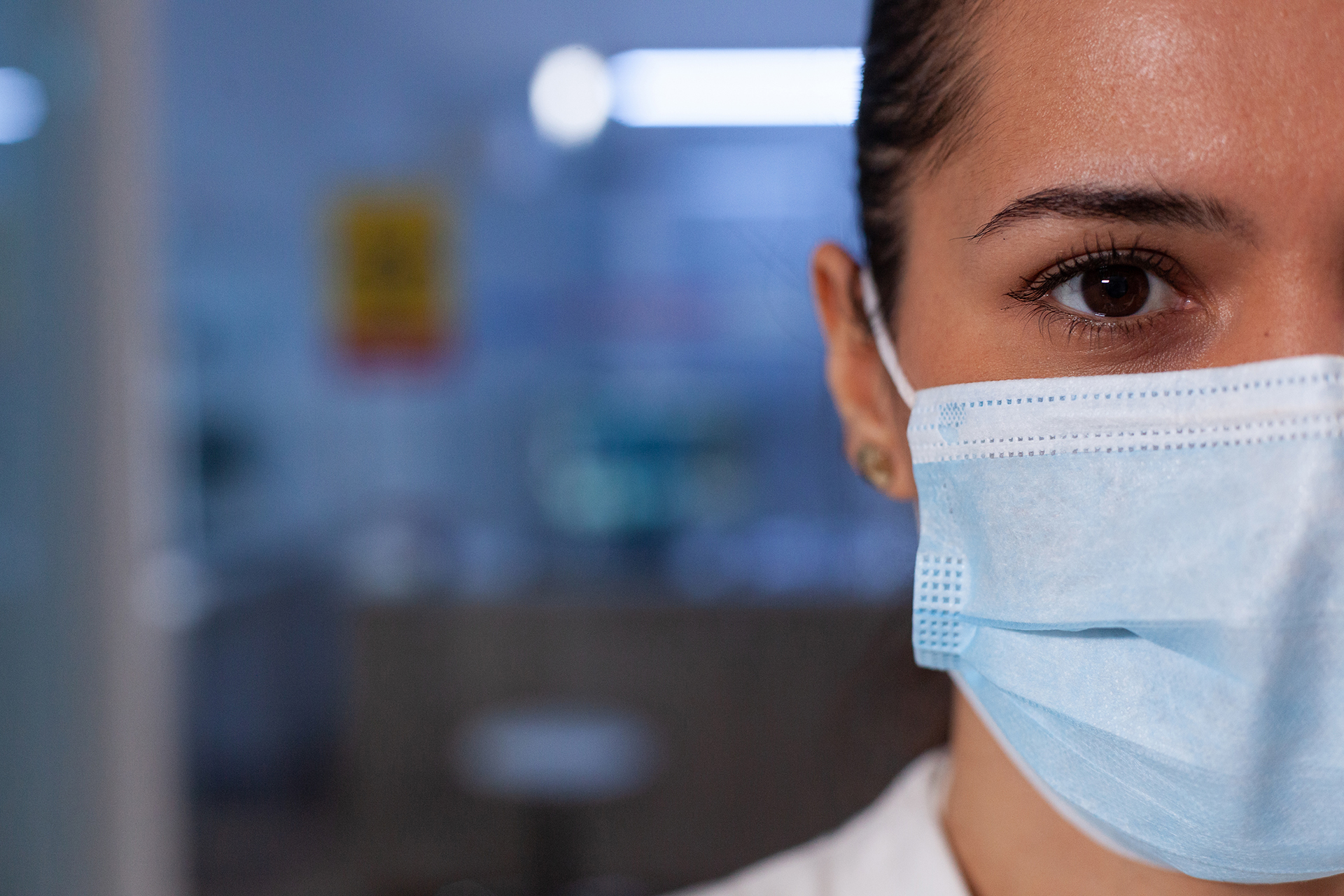When you first wake up, you have this overwhelming desire to travel the world. You close your eyes and imagine what it would be like to open them in the middle of the water and see everything perfectly. You try to picture what it would be like to go jogging in the rain or play with your kids without worrying about your contacts or glasses getting wet or scratched.
The solution to your eye problems will be Laser vision corrections. It restores your eyesight as it was before any abnormalities started developing.
What is Laser Vision Correction?
Laser vision correction is an alternative to eyeglasses and contact lenses that can assist you in seeing more innately. Laser vision correction can also improve your peripheral vision. The idea behind laser vision correction is straightforward: it involves reshaping the cornea to alter the eye’s focusing ability.
These sophisticated procedures are risk-free and effective when performed on the appropriate patient. But despite their apparent simplicity, they call for a significant amount of thoughtful deliberation and individualization on your part.
The procedure known as refractive surgery is not appropriate for every single person. Only a comprehensive preoperative evaluation can as certain whether or not you are a candidate for laser vision correction and, if you are, which laser vision correction treatment would be most suitable for you.
What Are the Types of Laser Vision Correction?
LASIK
Laser in-situ keratomileusis, more commonly known as LASIK, is an effective treatment option for those who suffer from nearsightedness, farsightedness, or astigmatism. To access the tissue behind the cornea’s outermost layer, the doctor creates a flap in that layer. After that, a laser will be used to remodel the tissue that lies behind your cornea so that it can correctly focus light.
PRK
Photorefractive keratectomy, often known as PRK, is a procedure that can treat nearsightedness, farsightedness, or astigmatism that is mild to moderate in severity. A surgeon will use a laser to restructure your cornea, similar to the LASIK procedure.
However, it only affects the cornea’s surface and not the tissue deeper within it. In addition to this, your doctor could employ computer imaging to examine the cornea.
RLE and PRELEX
The abbreviation RLE stands for “refractive lens exchange.” PRELEX, clear lens exchange (CLE), and refractive lens replacement(RLR) are some alternative names for this procedure. It’s exactly the same as surgery for cataracts. Your cornea’s periphery will have a tiny incision made by the surgeon. They will remove your natural lens and insert an artificial one made of plastic in its place.
The surgery can rectify extreme cases of either farsightedness or nearsightedness. People whose corneas are thin, dry, or have other mild corneal disorders benefit greatly from using this process. RLE can be used with LASIK or a technique comparable to LASIK to address astigmatism.
A presbyopic lens exchange, often known as PRELEX, is a surgical surgery that corrects presbyopia, also known as a loss of flexibility in the eye. Your current lens will be removed, and the doctor will insert a multifocal lens in its place. It is the same as the one described before, except that it also includes a multifocal implant, improving your distance and up-close vision.
Intacs
Your doctor will make a tiny incision in your cornea and then install two plastic rings in the shape of a crescent moon at the cornea’s periphery. Your cornea will become flattered due to the rings, and the way light rays focus on your retina will also alter.
ICR was a treatment option for myopia; however, laser-based techniques have supplanted it. Keratoconus, an irregularly shaped cornea that forces your cornea to thin and leads to vision loss, is being treated with it in the hope that it may correct the condition.
Phakic Intraocular Lens Implants
Phakic intraocular lens implants, also known as implanted contact lenses (ICL), are created for those with a degree of myopia that makes LASIK and PRK unfeasible. The surgeon will first make a tiny incision around the periphery of your cornea, and then he or she will either attach the implant lens to your iris or insert it behind your pupil. In contrast to RLE, your native lens will not become dislodged.
Conclusion
Do you want to correct your farsightedness, nearsightedness, or astigmatism? Consider either of the above laser vision correction options and search our directory to find the right expert for your needs.







